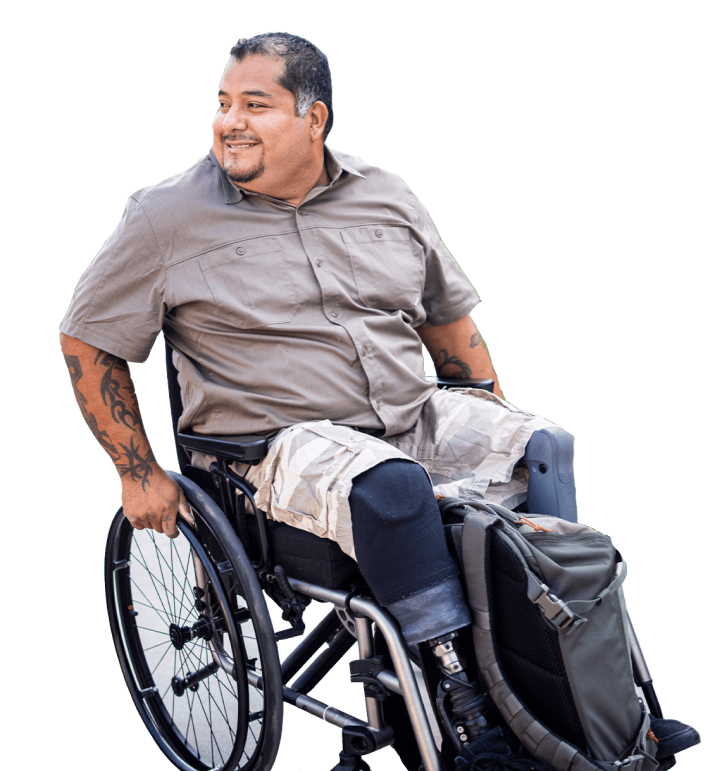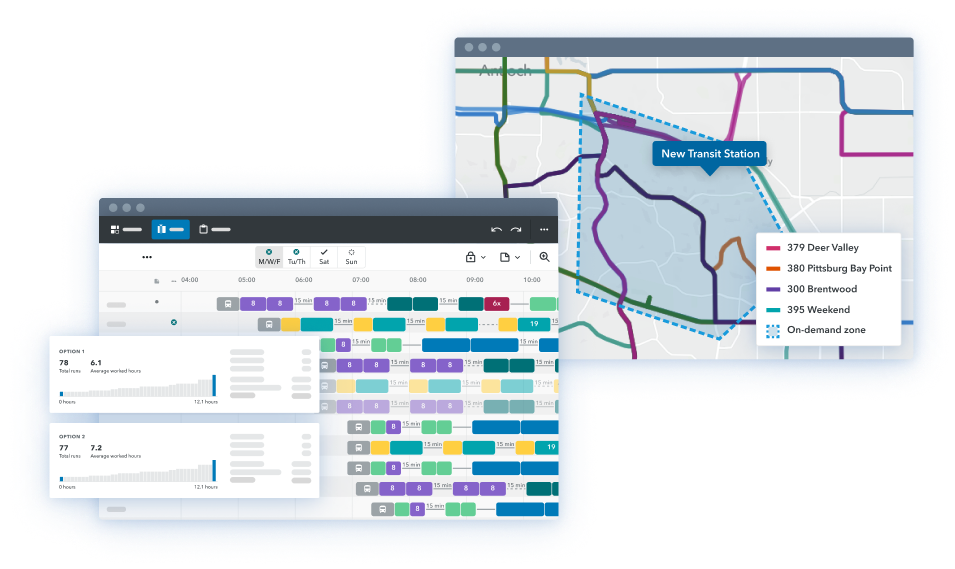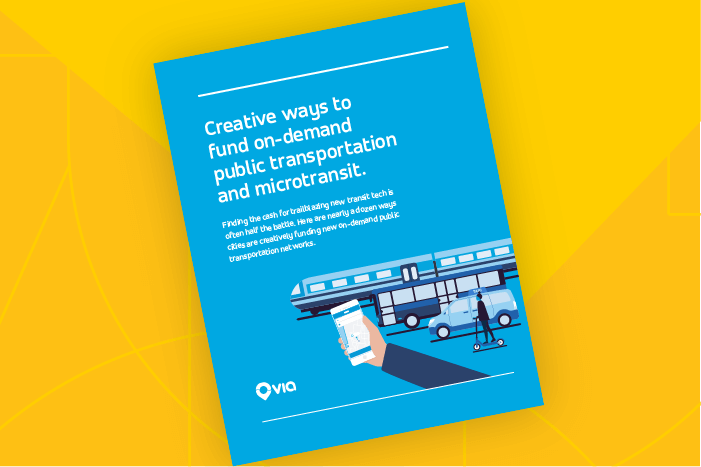Reimagining how the world moves.
Via transforms transportation systems into highly efficient digital networks.
Let's talk59%lower cost per trip in Hall County, Georgia.
10,000NYC school buses will be tracked in real-time.
39%reduction in trip duration
in Hampton Roads, Virginia.
Microtransit
Enhance transit networks with highly configurable and flexible mobility.
Paratransit
Provide cost effective, compliant services that exceed rider expectations.
Student Transit
Reduce costs and deliver peace of mind with software and turnkey operations that streamline student transit.
Planning, Scheduling, & Consulting
Use Remix to design impactful transit networks and make smarter service decisions. Work with the Via Strategies team on custom simulations and studies.
Citymapper for Cities
Build stronger transit networks with an award-winning MaaS app and comprehensive passenger insights.
Corporate & campus shuttles
Streamline employee commutes and improve intra-campus mobility.
Health transportation
Help patients access quality care — without worrying about traveling to and from appointments.










“We are ecstatic over the success of the Cooee Busways service...We’re getting people out of their cars, easing traffic congestion, and making the integrated transport network work better for people."


